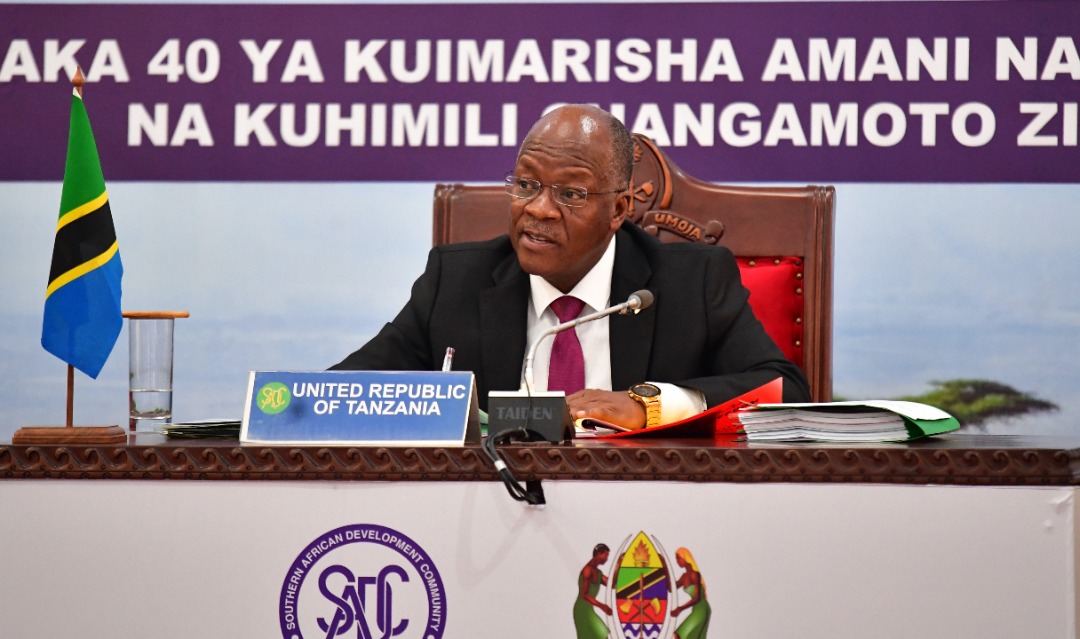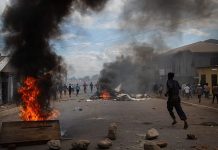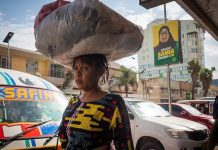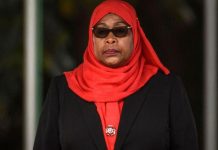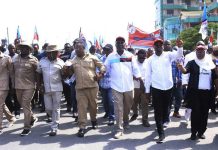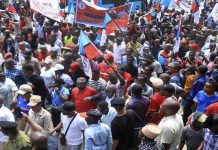AfricaPress-Tanzania: THE Southern African Development Community (SADC) efforts to generate enough power for boosting economic activities has paid off after the region managed to narrow its power deficit by 90 per cent.
The outgoing SADC Chairman, President John Magufuli told SADC’s Heads of State during a videoconferencing that power utilities had commissioned a total of 3,595megawatts of electricity in 2019, a development that has ensured stability in the availability of electricity throughout the region.
Dr Magufuli who also handed SADC Chairpersonship, and critical institutional matters to Mozambican President, Filipe Nyusi, said the commissioned electricity is approximately 90 per cent of the targeted capacity of 4,000MW during 2019.
“As we work hard to build up our economies, it is quite clear that electricity is one of the key drivers for industrialisation, productivity growth and economic development, with this improvement in power generation, it is obvious the bloc is on the right track” said President Magufuli.
According to the Southern African Power Pool (SAPP), which is responsible for coordinating the planning, generation, transmission and marketing of electricity on behalf of member state utilities in SADC, South Africa accounted for more than 82 per cent of the electricity generated during the past year.
In the coming three years, SADC is targeting to commission 16,515megawatts of new electricity generation capacity as the region moves to strengthen its energy infrastructure as an enabler for its industrialisation agenda.
Of that amount, nearly 5,900MW is expected to come from South Africa, while the United Republic of Tanzania plans to commission about 4,900MW.
Most of the new South African generation capacity in 2019 came from the Medupi and Kusile thermal power stations that added 1,480MW and 1,440MW, respectively.
Angola contributed 394MW additional generation capacity following the commissioning of the Lauca, Saurimo, Bie and Luena power plants.
Other countries that commissioned additional generation projects were the Democratic Republic of Congo (153MW), Malawi (44MW), Mozambique (40MW) and Zimbabwe (4MW).
An interesting feature of the new generation capacity commissioned during the past year was the increased participation of Independent Power Producers (IPPs).
IPPs contributed most of the new capacity in Malawi, Mozambique and Zimbabwe, according to SAPP.
Thermal power projects continued to dominate the generation mix for new capacity that was commissioned in 2019, accounting for 83 per cent of additional electricity generated during the year.
This is mainly because the bulk of the new capacity came from South Africa’s Kusile and Medupi thermal power plants.
Dr Magufuli said Tanzania was happy to hand over the regional leadership after leading other members in resolving various challenges in the past one year.
“We believe our contribution has helped to move the bloc from one point to another and we are ready to support Mozambique, which is taking the chairperson-ship from us,” he noted.
Briefing on the successes, President Magufuli said the region has managed to maintain peace and security under the SADC Organ on Politics, Defence and Security, which was under the leadership of Zimbabwean President, Emmerson Mnangagwa.
“We have witnessed progress in the Democratic Republic of Congo (DRC) and Lesotho, I would like to thank the organ for its efforts in ensuring lasting peace in the region,” he said.
He added that the bloc has also adopted the regional Guidelines for harmonising and facilitating movement of critical goods and services across the region during the Covid-19.
“I believe that our countries will overcome Covid-19 and lives will get back to normal, we have already defeated many threats including slavery and other big problems,” he said.
He added: “indeed, thanks to our combined efforts, we have been able not only to reduce the impact caused by this pandemic, but also to be able to continue implementing our regional programmes and projects, including our theme for the past one year, which was ‘A Conducive Environment for Inclusive and Sustainable Industrial Development, increased intra-regional trade, and job creation’.


